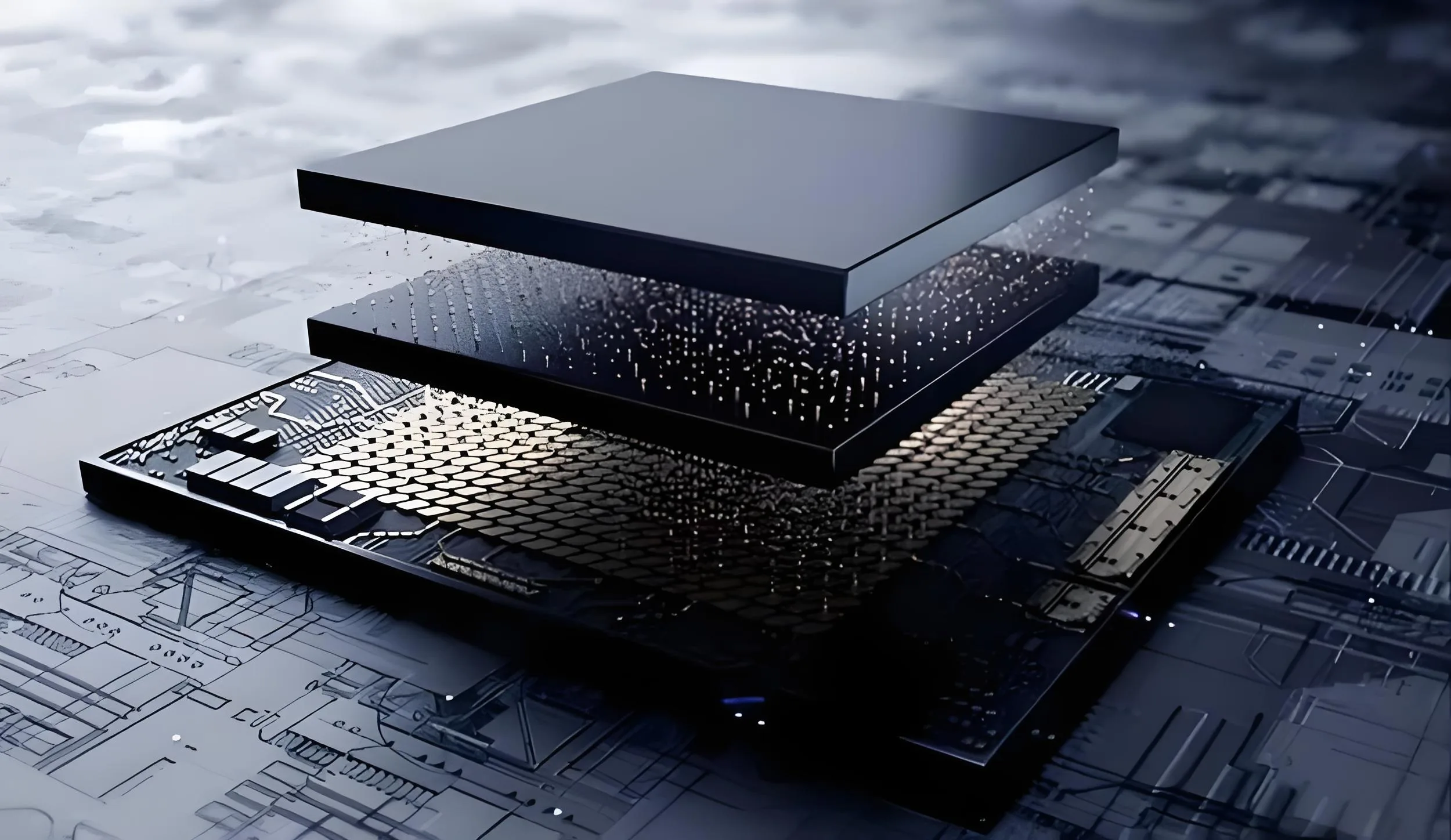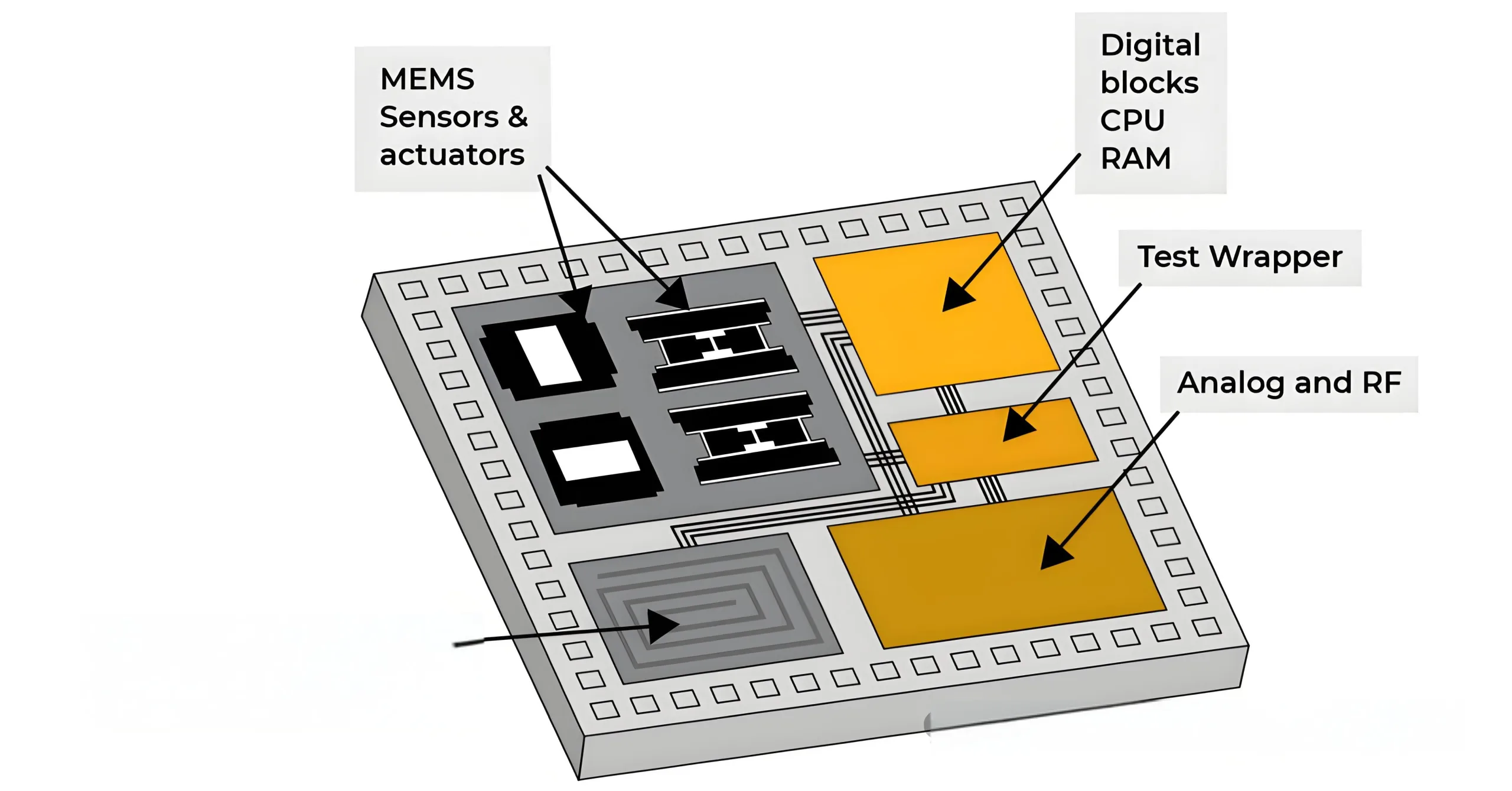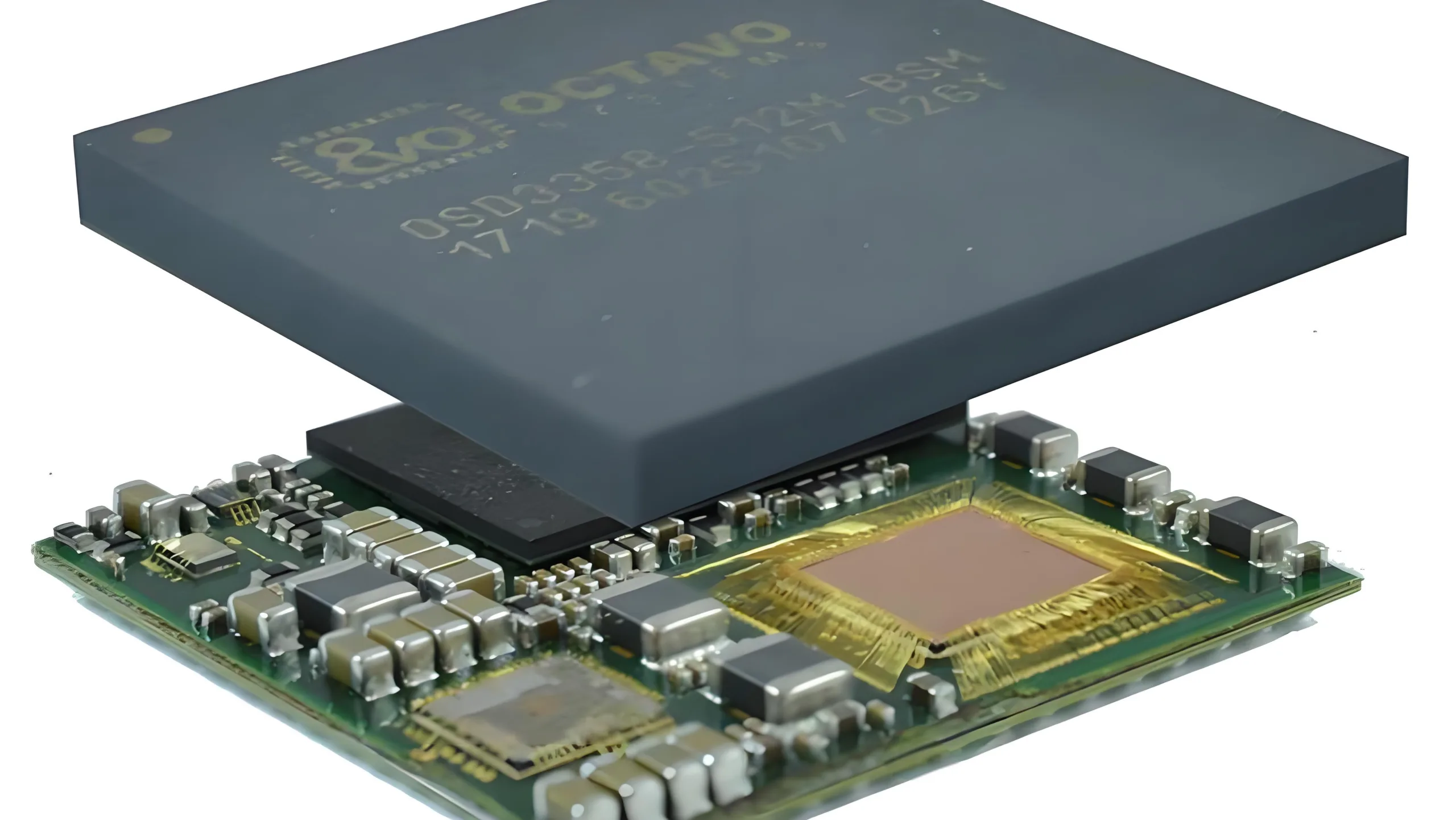
Imballaggio chip.
Sul micro stadio del mondo elettronico, Soc (Sistema su un chip) e sorseggiare (Sistema nel pacchetto) sono come due artigiani altamente qualificati, ognuno modella il futuro della tecnologia nei loro modi unici. Sebbene entrambi siano leader nella tecnologia di integrazione, Ognuno ha i propri punti di forza, rendendo difficile determinare quale sia superiore. Oggi, Ci uniamo agli esperti della R&D Dipartimento di UGPCB per svelare il velo misterioso di SOC e SIP, Esplorare le loro sottili differenze e i rispettivi vantaggi.
Ⅰ.definizione e costruzione: L'arte del microcosmo
Soc: Integrazione monolitica, Funzionalità completa

Tecnologia di imballaggio dei chip SOC.
Il termine Soc, che trasuda un senso di raffinatezza tecnologica, si riferisce all'integrazione di tutte le funzioni come l'unità di elaborazione centrale (processore), Porte di input/output (I/o), Memoria interna, Circuiti di gestione dell'alimentazione, ecc., su un singolo piccolo chip, Molto come un puzzle. Immagina un sistema di computer completo compresso in un chip delle dimensioni di un'unta di punta: questo è senza dubbio un miracolo della tecnologia a semiconduttore.
Sorso: Packaging diversificato, Combinazione flessibile

SIP Chip Packaging Technology
Al contrario, SIP adotta una strategia completamente diversa. Non mira a integrare tutte le funzioni in un singolo chip ma invece confeziona più tipi di chip (come i processori, ricordi, sensori, ecc.) insieme a componenti passivi (come condensatori, induttori) su un substrato PCB, Formare un pacchetto a livello di sistema altamente integrato. Questo “modulare” L'approccio consente di sorseggiare una maggiore flessibilità nel design.
Ⅱ.process e design: Una battaglia di precisione
Processo di produzione: Radici diverse, Obiettivi comuni
Il processo di produzione di SOC è un paragone di arte di precisione. Tutti i moduli funzionali devono essere fabbricati contemporaneamente sullo stesso wafer, richiedere capacità di controllo dei processi estremamente elevate e precisione delle apparecchiature. Ogni fase dei processi di semiconduttore come la litografia, Incisione, deposizione, e CMP (Lucidatura meccanica chimica) deve essere eseguito in modo impeccabile, con larghezze della linea che raggiungono le scale del nanometro (come 5nm, 7nm). Questo pone le ultime sfide alla scienza dei materiali, fisica, e persino chimica.
La produzione di sorso appare più flessibile. Ogni chip può essere prodotto in modo indipendente senza essere limitato dallo stesso flusso di processo, Accorciare significativamente il ciclo di progettazione e abbassare le barriere tecniche. Il processo di imballaggio di SIP si basa principalmente su tecnologie di imballaggio avanzate come Flip Chip e Bump Connections, Garantire un'interconnessione affidabile e una comunicazione efficiente tra diversi chip.
Progettare complessità: Un dialogo tra nanometri e micron
La complessità del design di SoC è sorprendente. I progettisti devono coordinare più moduli funzionali su scala nanometrica per garantire una buona integrazione sotto lo stesso flusso di processo, che mette alla prova la saggezza del designer e pone elevate richieste su EDA (Automazione del design elettronico) utensili. Al contrario, Il design sorseggio è relativamente più semplice, con requisiti di precisione più bassi in genere a livello di micron, Rendere il ciclo di progettazione più corto e facilitare le iterazioni e le ottimizzazioni rapide.
Ⅲ.Space Volume: Compatto vs. Spazioso
In termini di occupazione dello spazio, Soc ha un vantaggio assoluto grazie alla sua natura altamente integrata. Tuttavia, all'aumentare delle funzionalità, Anche la dimensione di SOC si espande gradualmente. Comunque, rimane più compatto del sorso. SIP occupa relativamente più spazio a causa del contenente più chip e materiali di imballaggio indipendenti.
Costo: Costoso vs. Scelta economica
Mentre l'alto livello di integrazione di Soc porta un salto nelle prestazioni, Ha anche un forte aumento del costo. Processi di produzione di semiconduttori avanzati, procedure di progettazione complesse, e alto r&D Gli investimenti mantengono i costi SOC elevati. In confronto, SIP offre un controllo dei costi più flessibile scegliendo diversi livelli di chip e materiali di imballaggio, Ridurre efficacemente i costi mentre soddisfa le esigenze di prestazione.
Flessibilità: Un paradiso per l'innovazione e la personalizzazione
Il più grande fascino di SIP risiede nel suo alto grado di flessibilità. I progettisti possono combinare liberamente diversi tipi di chip e componenti passivi in base alle esigenze, e persino sostituire o aggiornare i componenti esistenti, Offrire possibilità infinite per l'innovazione del prodotto. Una volta completato un design SOC, I suoi moduli funzionali sono difficili da modificare, Il che limita in qualche modo la sua capacità di adattarsi ai cambiamenti del mercato.
Conclusione: Le stelle gemelle brillano, Guidare i propri regni
Come due principali rami dello sviluppo della tecnologia dei semiconduttori, SoC e SIP hanno ciascuno il loro fascino unico e valore dell'applicazione. Soc, con il suo alto grado di integrazione e prestazioni eccezionali, è diventata la scelta preferita in campi come smartphone e calcolo ad alte prestazioni; mentre sip, con il suo design flessibile, Costo inferiore, e capacità di iterazione rapida, brilla brillantemente in diversi mercati come IoT ed Electronics Automotive.
In questo concorso di chip packaging art, Non c'è vincitore assoluto, Solo la tecnologia in continua evoluzione e scenari di applicazione sempre più ricchi. Come le stelle gemelle nel cielo notturno, SOC e SIP illuminano il percorso del progresso tecnologico a modo loro, portandoci verso un più intelligente, migliore futuro.
 LOGO UGPCB
LOGO UGPCB

